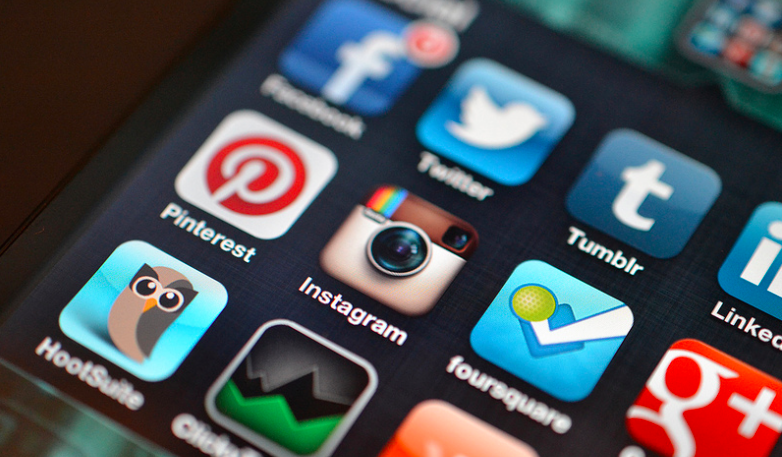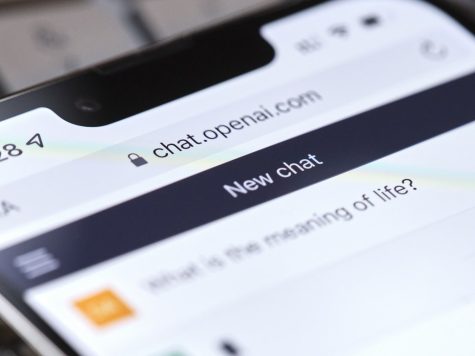Media consumption: Digital and plentiful
Social media has evolved from being “just for fun” to many people’s major news source. Whether it is a person’s Facebook or Twitter feed, or even just a smartphone app, less and less people are picking up a newspaper.
While some students at the University of Massachusetts Amherst said they consumed media through social media like twitter, members of the faculty expressed concerns about “too much media” and the “lack of interpersonal communication.” However, both groups followed a range of stories from politics, to sports and entertainment.
“I think the obvious transition is from traditional, or legacy media, to new media. And the other obvious transition is the development of social media,” said Associate Professor of Communications at UMass, Emily West.
An added advantage social media has over mainstream media is that sites like Facebook and Twitter allow users to share articles from websites like nytimes.com and add it to their feed. Other users can then continue to share the article.
“Even if an original story is produced by legacy media, the way people might access it not from traditional gatekeepers (print editors/t.v producers) but through their networks,” West said.
Social media may be popular but it has implications. The ability for users to pick and choose what goes on their newsfeed, as well as if they even interact with a link, can create a “closet” effect where other types of news are neglected.
It seems like there are more people nowadays who choose not to watch the news at all, or try to decrease their news intake. They think that there is too much “bad news” and don’t want to clutter their life with negativity. It goes back to the age old question, “is ignorance bliss?”
“I think getting news via Facebook is likely going bias the things towards the sensational, soft news, or things you already agree with,” West said.
She continued however that social media wasn’t the start of trend, and that it has been seen before with cable news as well.
“You only attend to news that you are already interested in,” West said. “It has the potential to exacerbate things we’ve already seen with news, going the cable route or the internet. Social media is likely to extend that trend, but it isn’t the originator of that trend.”
Another question still remains. Will social media have an effect on the several other ways that news can be presented? Statuses and tweets are brief snippets of a story that usually link out to the web related article. Will long form journalism, or lengthy print articles, die out completely?
“What is the unit of the message now? The tweet is 140 characters, and yet that does seem to be a trend,” said West. “I have read recently however there is a renewed interest in long form online articles. Its almost a counterbalance to the “tweetificaiton”of the news.”
Other journalists, such as Rachel McAthy of journlaism.co.uk, believe that the 140 character message will not be able to eliminate the “niche-multimedia” style of storytelling.
Facebook, Twitter, LinkedIn, and Google+ are only a couple of social media sites that billions of people engage each other on. Ninety-eight percent of 18-24 year olds already use social media, 43% of adults use it as well, and 25% of Facebook users are under the age of 10.
So how do these heavily used, high online trafficked media outlets affect media consumption? Well they have influenced media to the point where the majority of people have barely picked up a newspaper and get their news through online mediums. That medium in the format from e-newspapers or social media websites.
The type of news that is consumed has been affected as well. According to the Reuters Institute Digital Report study on the Frequency and Access and Interest in News: 76% of the United States consumes news daily. As for interest of the news, 71% percent of the U.S is interested in news while 29% of the country was deemed “not very interested.”
The graphic above is from the Pew Research Center. The data shows the percentage of social media site users that actually get the news. The top three contenders are Reddit, Twitter, and Facebook; sites where more than (or just under) half of its users receive news during usage.
Thomas Beaton and Kyla Galer can be reached via email at [email protected] and [email protected]






